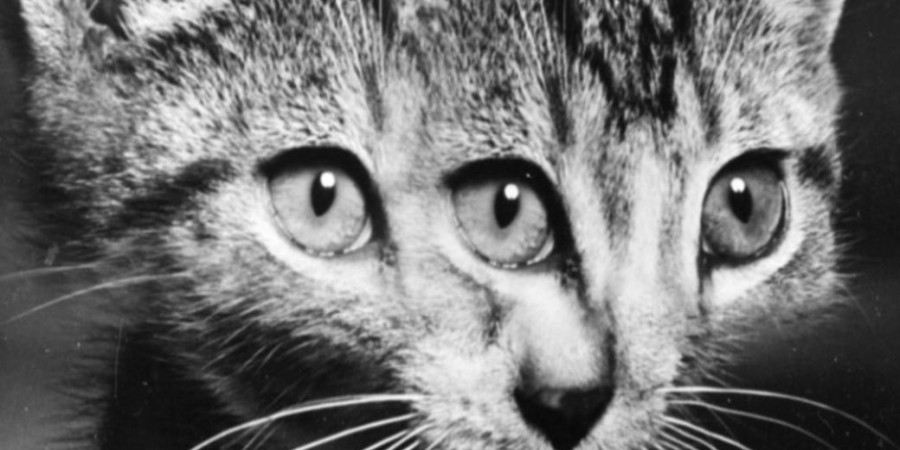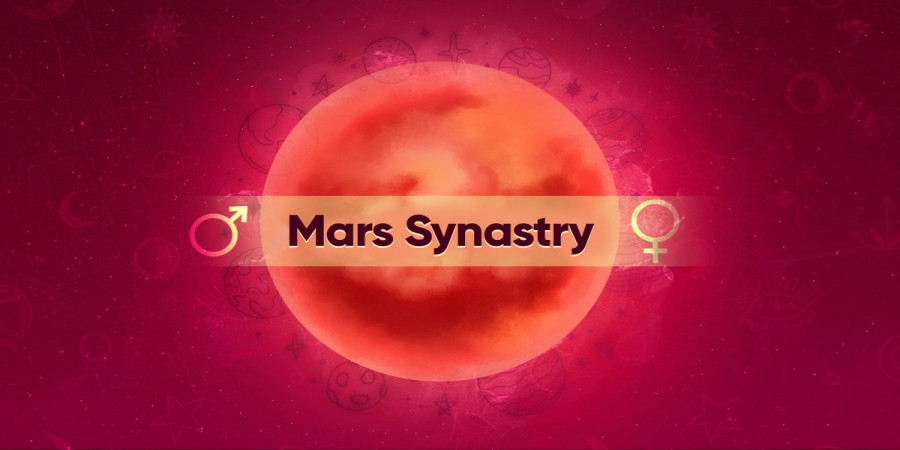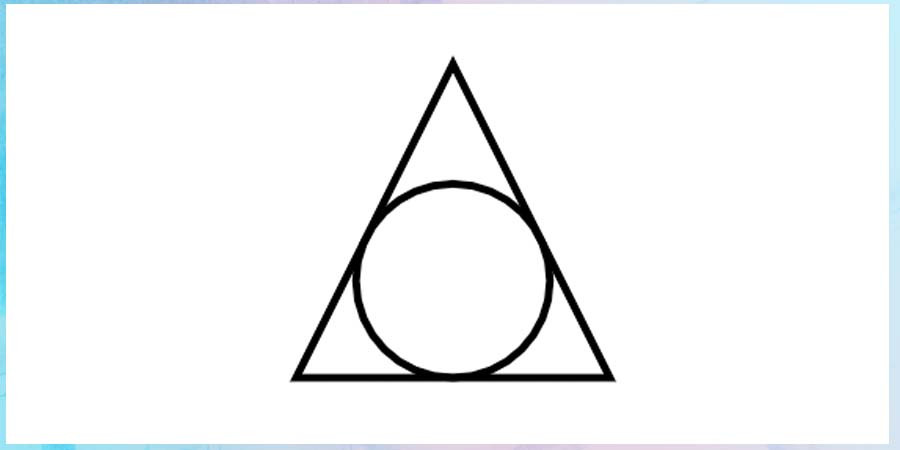

Rare Sightings: Understanding Cats with Three Eyes
Reports of cats with three eyes periodically surface, often accompanied by questions about their symbolism or unusual origins. Here's a breakdown of this intriguing phenomenon:
The Reality Behind Three-Eyed Cats
- Medical Condition: In most cases, "three-eyed cats" have a condition called Diprosopus (craniofacial duplication), a congenital defect where parts of the face are duplicated. This can result in the appearance of an extra, often non-functioning, eye.
- Myth and Misconception: Unlike in folklore, cats with Diprosopus rarely have three fully functional eyes.
- Outlook: Sadly, Diprosopus often leads to other health complications and a significantly shortened lifespan for the animal. A notable exception is Frank and Louie, a two-faced (and "three-eyed") cat who lived to an impressive 15 years of age.
Symbolism in Popular Culture
Cats have been subjects of myths and legends for centuries:
- Ancient Egypt: Cats were revered, with some deities depicted as felines.
- Folklore: In some cultures, cats with unusual features were believed to be harbingers of both good and bad luck.
The Importance of Responsible Information
When encountering stories of three-eyed cats, keep in mind:
- Rarity: Cats with Diprosopus are extremely rare.
- Animal Welfare: These cats may face significant health challenges; focus on their well-being rather than just the unusual appearance.
- Spread of Misinformation: Be critical of online "three-eyed cat" content. Always seek confirmation from reliable veterinary sources.
References
- Frank and Louie, two-faced cat: https://en.wikipedia.org/wiki/Frank_and_Louie
- Diprosopus definition:
- MessyBeast website on unusual animal mutations:
While the myth of the three-eyed cat is enduring, understanding the realities behind rare conditions like Diprosopus helps foster a more informed and compassionate view of animal anomalies.
Popular articles

Apr 11, 2024 07:40 PM

May 25, 2024 08:09 PM

Apr 11, 2024 07:22 PM

Apr 10, 2024 07:59 PM

Mar 14, 2024 07:53 PM
Comments (0)